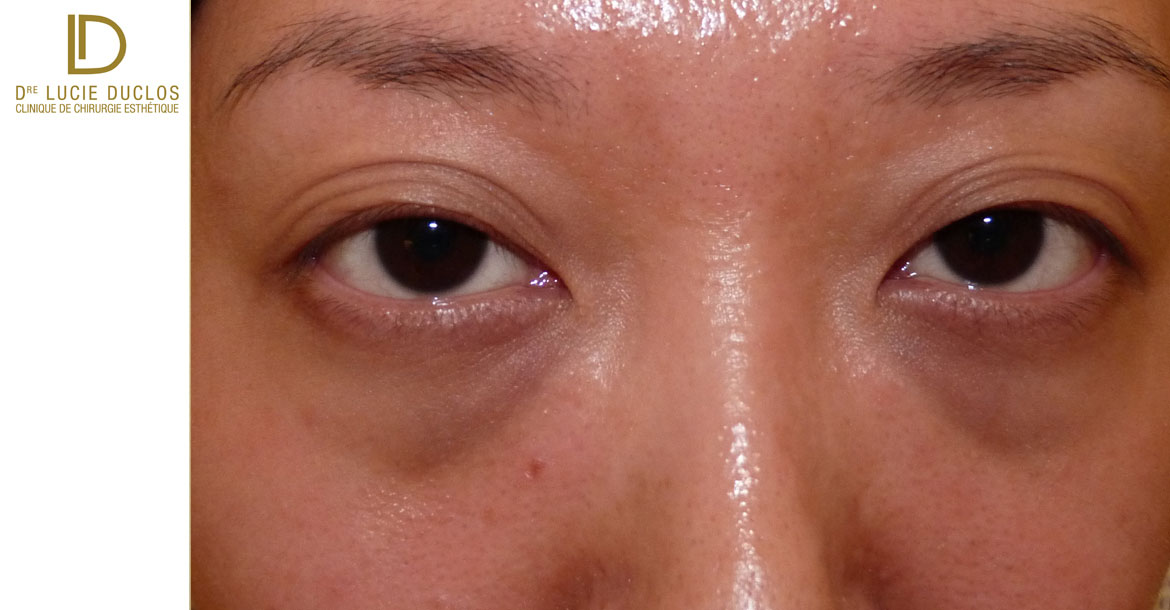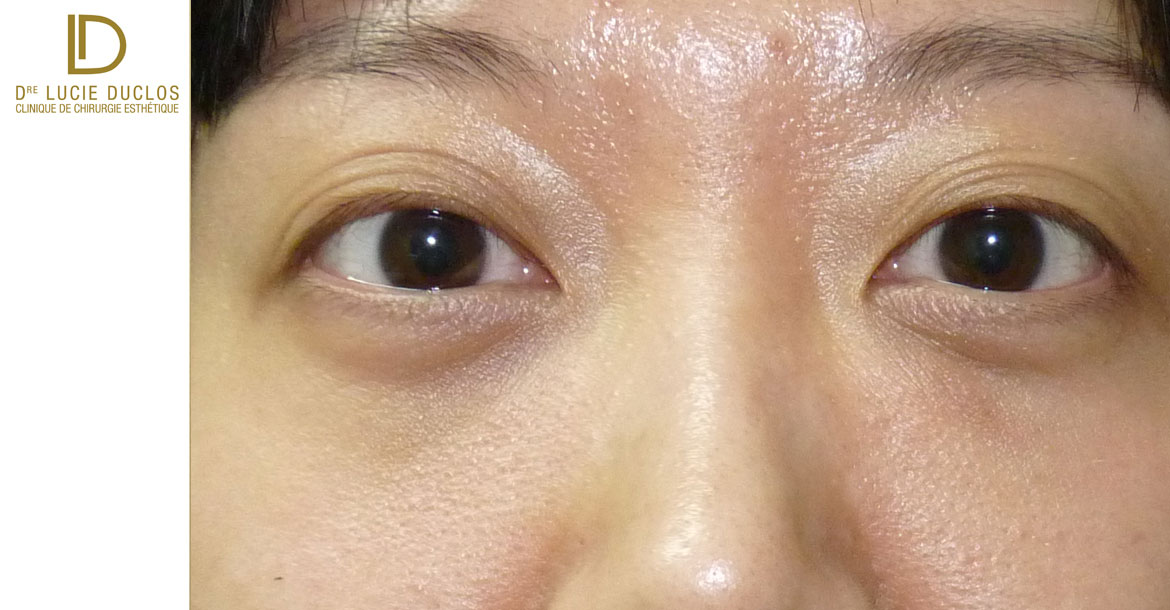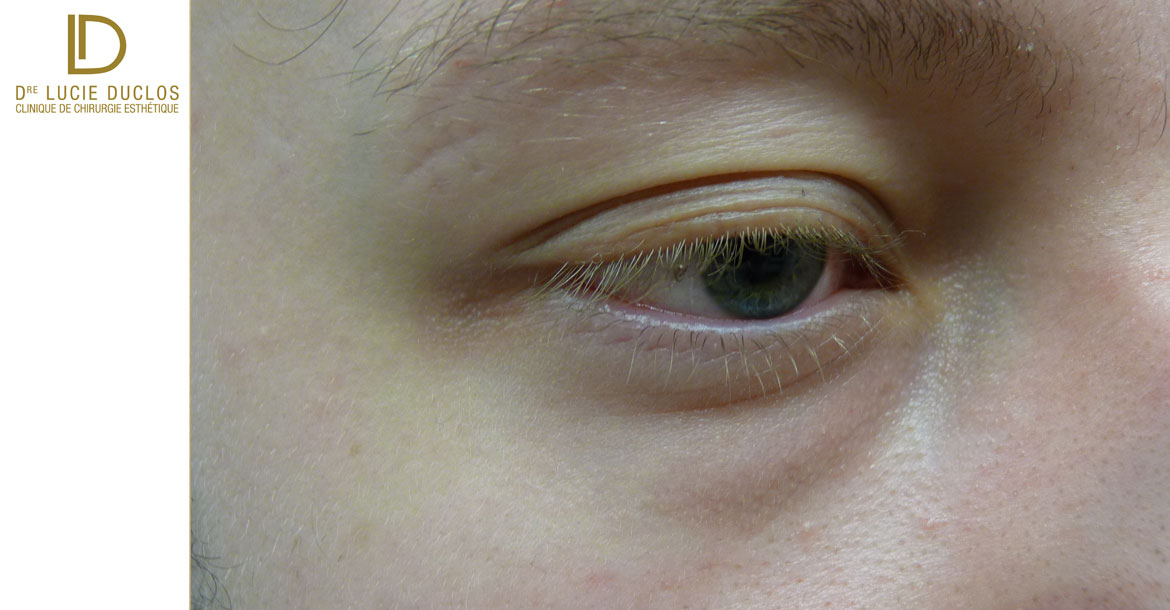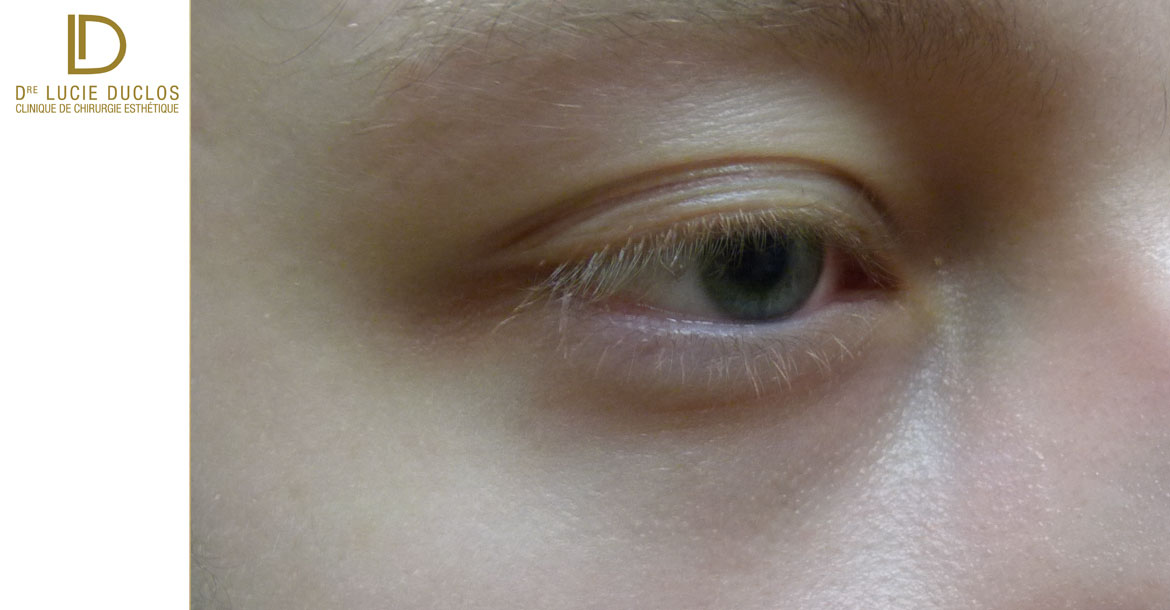What are the advantages?
Heavy eyelids and bags under the eyes can give the face a tired and depressed expression. Blepharoplasty or eyelid surgery brightens the face and eliminates that tired look by removing the fat and excess skin that is causing the problem. However, it does not eliminate the dark coloring of the eyelids or the sagging of the forehead which can cause creases on the side of the eyes. On the other hand, it reduces wrinkles around the eyes.
Is it for me?
The best candidates for this procedure are men and women who are physically fit, psychologically stable and have realistic expectations. Most patients are over 35 years old at the time of the procedure, but family characteristics can sometimes encourage younger people to opt for this procedure. Rare medical conditions make the procedure riskier, including thyroid conditions, dry eyes and high blood pressure.
Blepharoplasty can improve self-confidence and physical appearance, but it will not necessarily change how others perceive you. Before opting for this intervention, clarify your expectations and discuss them with Dre Duclos. She will be happy to answer all your questions clearly and precisely and to inform you about the most appropriate treatments for your situation, indicating their advantages and disadvantages.
-


Avant blépharoplastie transconjonctivale paupières inférieures avant après un mois Après
What techniques are used?
Blepharoplasty is a procedure that removes skin and/or fat from the upper or lower eyelids. The incision is made on the natural eyelid lines (in the crease of the upper eyelid and under the eyelashes of the lower eyelid) and extends to the side of the eyes. In the case of the lower eyelids, it occasionally happens that the incision is not made in the skin, but rather in the conjunctiva of the eye. Subsequently, the skin is separated from the fat and muscle, the fat is removed and the excess skin is excised. Sometimes the muscle is partially excised. The procedure can be performed alone or at the same time as other facial procedures such as face or forehead.
What should I expect?
During the consultation, Dr. Duclos will assess your state of health and the appearance of your eyelids. She may then recommend that you operate on two or four eyelids and, if necessary, perform other procedures such as forehead lift or face. She will tell you the exact location of the incisions, will explain the risks inherent to the procedure, will inform you about its progress, generally under local anesthesia, and will give you pre- and post-operative instructions.
-


Avant blépharoplastie transconjonctivale paupières inférieures avant après un mois Après
The first days following the procedure, you will feel some slight discomfort which you can relieve with ice water compresses and acetaminophen. Sudden severe pain should be reported immediately. Cold water compresses will also help reduce swelling and bruising that will occur during the first two days. Sometimes bruising and swelling may extend to the cheeks. During the first few weeks, you may have an increased amount of tears and experience increased sensitivity to the sun.
During the first five days, you will need to prop up your head with pillows or sleep in a lazy boy chair. You will not have to make any physical effort and will not be able to bend over. You will also need to avoid exposing the scar to direct sunlight or tanning salon rays for about 6 months. You will be able to wear contact lenses after about a week. Most patients can go out in public and return to work ten to fourteen days after the procedure.
What are the risks?
Although complications from this procedure are rare, any procedure carries risks. The most common include infection or bleeding, caused by scarring, the appearance of small cysts at the scar, difficulty closing the eyes when sleeping (usually temporary and caused by swelling) and, very rarely, temporary or permanent ectropion (turning of the lower eyelid outwards) which can sometimes require touch-ups. A slight asymmetry is possible.

